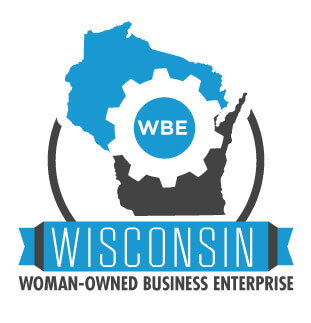“You, your leaders, and your investors are interested in learning only insofar as it improves performance and gets business results.” Michael Dulworth and Frank Bordonaro in Corporate Learning: Proven and Practical Guidelines for Building a Sustainable Learning Strategy
Learning is supposed to improve performance. The sticky issue has always been how to ensure that learning in the classroom transfers to application on the job. The Six Disciplines of Breakthrough Learning, by Roy V.H. Pollock, Andy Jefferson, and Calhoun W. Wick, lays out a framework for how to accomplish transfer and document performance results. Here are the six disciplines:
1. Define Business Outcomes. These may be improved customer satisfaction, higher quality, or lower costs, etc. This is not what employees will learn or will be able to do.
An outcomes planning wheel is provided to walk us through this discipline. It is divided into four parts: Goals (What business needs will be met?); Behaviors (What will participants do differently or better?); Measures (What or who could confirm these changes?); and Results (What are the specific criteria of success?). The authors point out that training does not happen in a vacuum- for effective results, management needs to be a co-owner to ensure there will be a transfer climate.
2. Design the Complete Experience. Learning is a process, not an event, so what happens before and after class is just as important as the instruction itself.
The authors present learning as a three-step process: (1) learn new skills, (2) transfer them to the job, and (3) improve performance by continued practice. This requires strong support from the manager, beginning with setting high expectations for the employee’s learning in the class. The authors also point out that giving credit at the end of a class sends the wrong message that the learner is done, when the truth is that the real work begins when the class ends.
3. Deliver for Application. This requires practice of new skills and feedback during the class, with active learning at least 50% of the class content and time.
4.Drive Learning Transfer. The value of learning is in its results on the job. Training program design needs to include job aids to help employees transfer their new knowledge and skills. It should also include short, simple, and effective actions that managers can take to encourage transfer. Managers make or break the success of any initiative.
5, Deploy Performance Support. It is one thing to master content during a learning event and an entirely different thing to be able to apply learning effectively and productively on the job. This is when the job aids and manager action guides need to be implemented.
6. Document Results. Management will want to know if the training initiative made a difference and what should be done now. Achievement on the job, not learning, should be measured. An effective program evaluation will be relevant to the program’s purpose, credible to the stakeholders, compelling to decision-makers, and efficient provided the other criteria are met.
I like the focus on learning transfer. The disciplines begin with the end in mind (the desired business outcomes) and end with determining and documenting if those outcomes have been met. Transfer support is built into each discipline. I think it is an excellent model!
Have you designed training using the six disciplines?
May your learning be sweet- and safe.
Deborah





